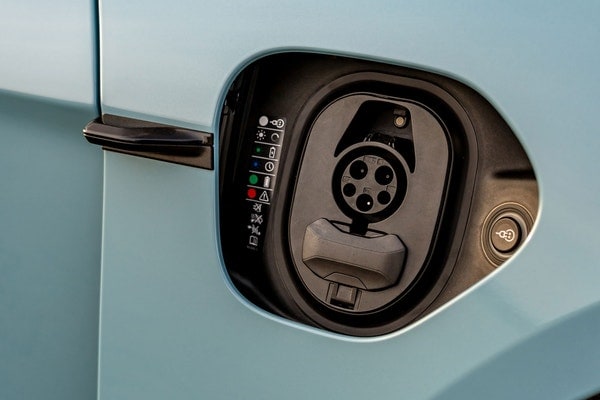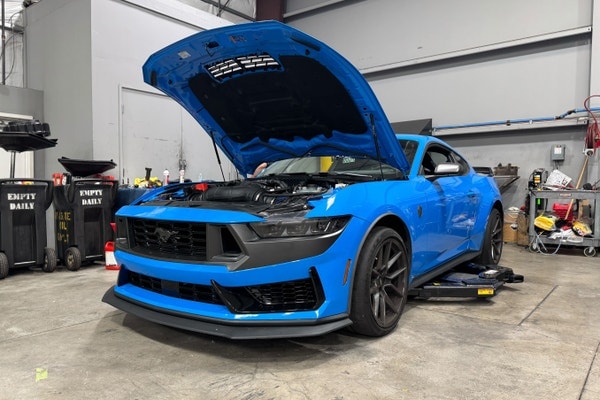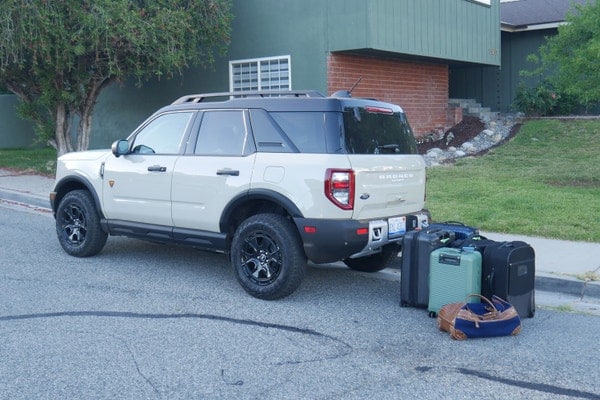Ford’s Transit Cargo Van is a commercial van available in a massive number of configurations to suit customer needs. With three roof heights, two wheelbases, all-wheel drive and two engine options — including a surprisingly potent turbocharged unit with 400 lb-ft of torque — there are few light-duty work tasks this van can’t be equipped to handle. There's even an all-electric variant called the E-Transit (which we review separately) with enough range to accomplish around-town tasks. Given that work vans are seldom redesigned or even notably enhanced, we believe the Transit will carry forward into 2026 unchanged.
Edmunds spotlight: More of the same, probably
If there’s anything consistent about the Ford’s cargo van it’s that redesigns are infrequent. The last, in fact, was way back in 2015, when this van switched from being an E-Series to being the Transit. We don’t anticipate a redesign for the gas-powered Transit for 2026, though we do expect Ford to continue to refine the Transit’s formula with more efficiency and capability. There’s some evidence, however, that a next-gen E-Transit will enter production in 2026; if you're seriously considering the electric version, it might pay to wait a little while longer.
Competitors to consider
The Ram ProMaster and Mercedes-Benz Sprinter are the Transit’s most modern competitors. The former is available with three wheelbase options, with one that's a full foot shorter than what the Ford and Mercedes offer. And while the Sprinter is in no way a luxury van, the cabin is a little nicer than the Ford's and the Ram's. If you’re looking for a more traditional van, the Chevy Express and GMC Savana carry that torch with old-school V8 power. However, both are on the precipice of their 30th birthdays, making them the oldest new cars on sale today by a wide margin. We recommend looking at the other vans first.




